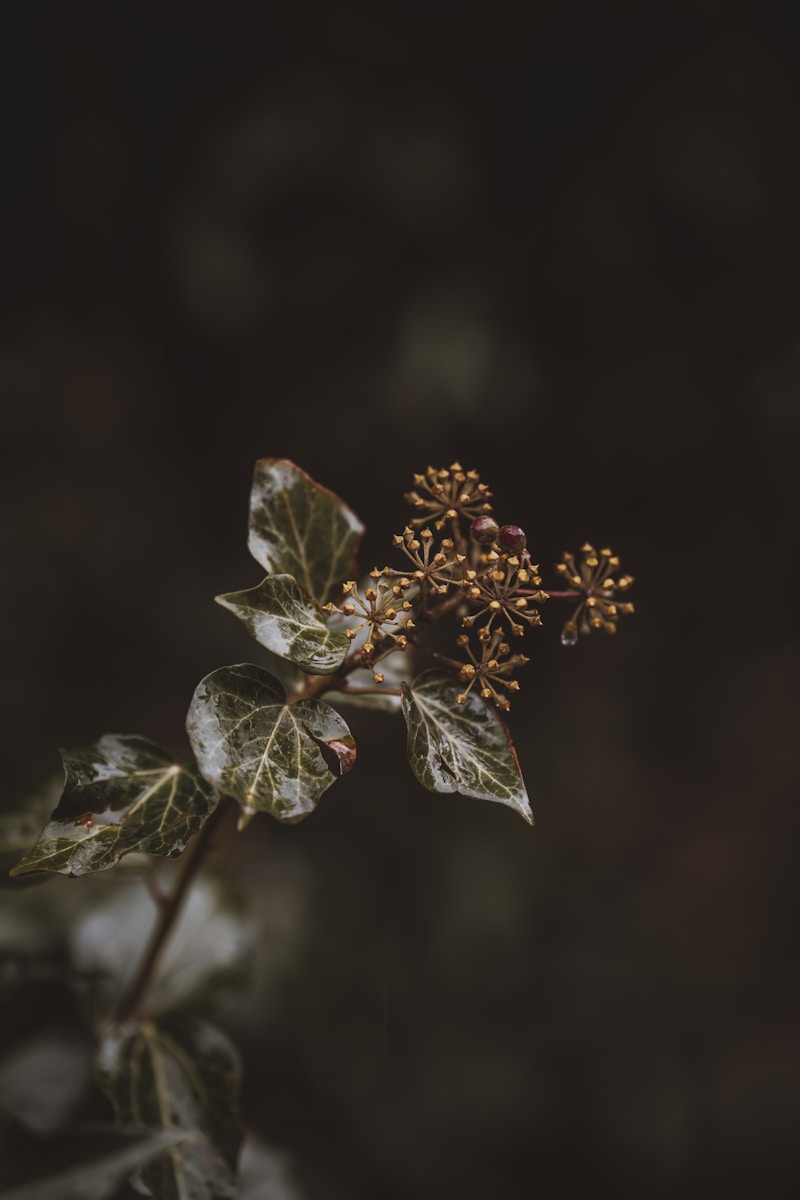Capturing Beauty: The Art of Floral Arrangements in Photographs
Introduction
Floral arrangements have long been a symbol of beauty and grace, not only in real life but also in the realm of photography. The interplay of colors, shapes, and textures in flowers can create stunning images that capture the observer's attention and evoke emotions. In this article, we will explore the various aspects of floral arrangements in photographs, including tips for capturing the perfect bloom, the significance of floral designs, and insights into how to make your floral photography stand out.
The Significance of Floral Arrangements
Flowers have been used in art and photography for centuries. They symbolize different emotions, seasons, and occasions. For example, red roses often symbolize love, while daisies represent innocence. Floral arrangements enhance the narrative of a photograph, adding layers of meaning and emotion to the visual story. In photography, understanding these meanings can significantly impact how floral arrangements affect the viewer's perception.
Popular Floral Arrangements in Photography
| Type of Arrangement | Best Occasions | Recommended Flowers |
| Bridal Bouquets | Weddings | Roses, Peonies, Lily of the Valley |
| Centerpieces | Parties, Events | Sunflowers, Hydrangeas, Orchids |
| Floral Wreaths | Memorials, Celebrations | Chrysanthemums, Ivy, Lavender |
| Seasonal Arrangements | Various Holidays | Poinsettias, Autumn Leaves, Cherry Blossoms |
Tips for Capturing Floral Arrangements
Capturing stunning photographs of floral arrangements requires a blend of skill, creativity, and an understanding of lighting and composition. Here are some tips that can help you elevate your floral photography.
1. Lighting is Key
Natural light is often the best choice for photographing flowers. Early morning or late afternoon light, also known as the golden hour, provides a soft, warm glow that enhances colors and textures. Avoid harsh midday sun, which can create unwanted shadows and washed-out colors.
2. Composition Matters
Use the rule of thirds to create balanced compositions. Place the main subject off-center, allowing for greater visual interest. Experiment with different angles and perspectives—shooting from above, at eye level, or even below the flowers can yield incredible results.
3. Focus on Details
Don't forget to capture the intricate details of each flower. A close-up shot can reveal the delicate textures and vibrant hues that might be overlooked in wider compositions. Use a macro lens for detailed photography to create stunning images that make viewers feel as if they can reach out and touch the flowers.
4. Color Harmony
When arranging flowers for photography, consider the color palette. Colors can evoke specific feelings, so choose arrangements that complement your intended message. For harmonious images, opt for analogous colors or contrasting colors to create visual tension and intrigue.
Editing Your Floral Photographs
Post-processing is an essential part of modern photography. Editing software like Adobe Lightroom and Photoshop can help you adjust exposure, contrast, and saturation, allowing your floral arrangements to truly shine. However, be careful not to overly edit your images—maintaining the natural beauty of your flowers is key.
Common Questions About Floral Arrangements in Photographs
- What types of flowers work best for photography?
- How do different seasons affect floral arrangements?
- What are some creative ideas for floral arrangements in photographs?
- How can I style a floral arrangement for a specific occasion?
Conclusion
Floral arrangements in photographs not only capture the beauty of nature but also tell a story that resonates with viewers. By understanding the significance of flowers, incorporating effective photography techniques, and utilizing editing tools, anyone can create stunning images that highlight the exquisite details and emotions conveyed through flowers. Remember, the key to captivating floral photography lies in your ability to combine creativity with technical skills. Explore different arrangements, colors, and styles, and allow your passion for floral art to shine through in every image you capture.
Final Tips: Always respect nature while working with floral arrangements and aim to highlight their natural beauty rather than manipulate them excessively. Enjoy the process, be patient, and don't hesitate to experiment; this will lead to unique and beautiful floral photographs that stand the test of time.
